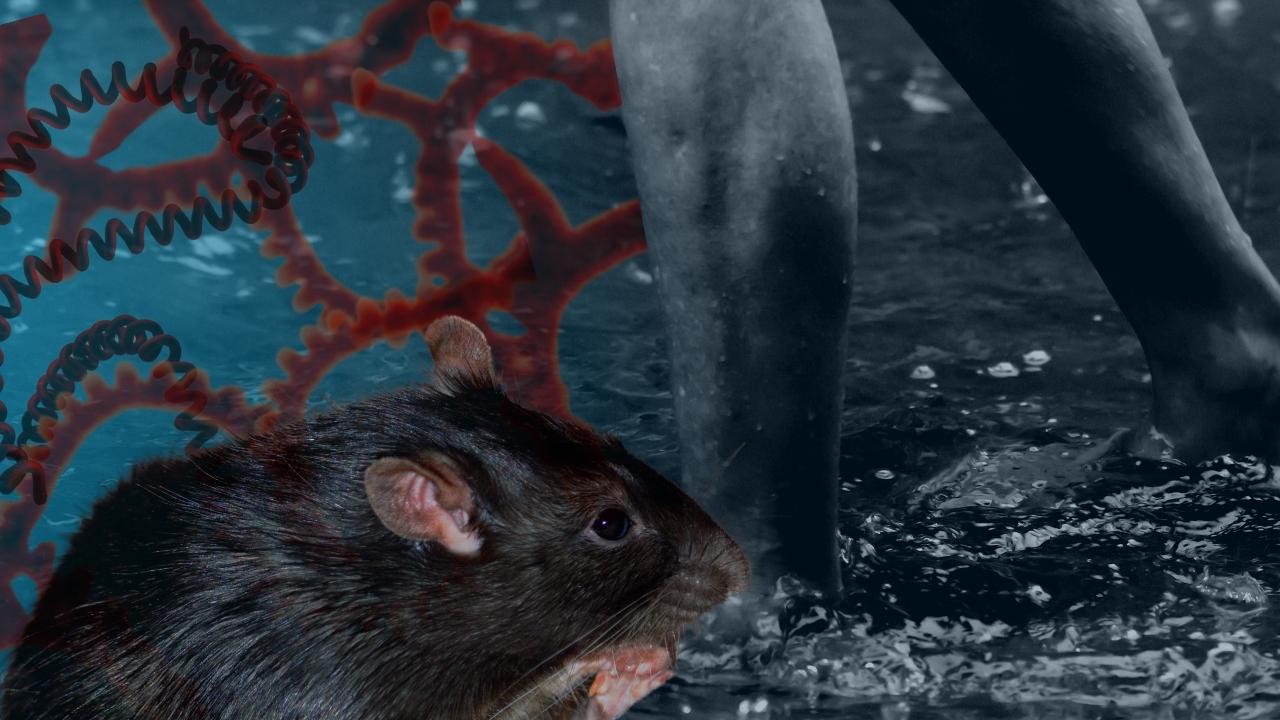
Leptospirosis. INQUIRER FILE PHOTO
MANILA, Philippines — The Department of Health (DOH) has recorded an increase in leptospirosis cases amid the onset of the rainy season.
Based on the data given to reporters on Thursday, 83 cases were logged from June 2 to 15. This is higher than the 60 cases from May 19 to June 1 and the six cases from May 5 to 18, the DOH said.
READ: Pagasa declares official start of rainy season
The agency said the total number of leptospirosis cases in the country now stands at 878, with 84 confirmed deaths.
“While this is only around half of the number of leptospirosis cases (1,769) in the same period last year, the DOH has observed that the weekly case count has started rising with the rains,” the DOH reported.
“Except for the Zamboanga Peninsula and Northern Mindanao regions, all regions had increased leptospirosis cases over the previous month,” it added.
READ: Leptospirosis cases surge 51% in first 7 months
According to the health department, leptospirosis is an infection caused by leptospira bacteria that animals, such as rodents and other vermin, transmit. The urine and feces of an infected animal, especially rats, contaminate the soil, water, and vegetation.
“Leptospira bacteria can enter the body through breaks in the skin or through the eyes, nose, and mouth. Infected animal urine like those from infected rats can mix with flood water, which then comes into contact with people wading through or playing in it,” the DOH explained.
“Without treatment, leptospirosis in people can lead to kidney damage, meningitis (inflammation of the membrane around the brain and spinal cord), liver failure, trouble breathing, and even death,” it added.
The DOH also said it usually takes two to 30 days to get sick after having contact with the bacteria that cause leptospirosis.
The symptoms include fever, vomiting, nausea, muscle pain, and headache.
However, the DOH stressed that some cases have distinct pain in the calf muscles and reddish eyes, while severe cases may have “jaundice (yellowish body discoloration), dark-colored urine, light-colored stool, low urine output, and severe headache.”
It also warned that some people have no symptoms at all.